The excerpt below comes from a profile of the 1893 World’s Columbian Exposition published in the Pittsburg Dispatch in the summer of 1891, near the start of construction on the fairgrounds. The writer questions the use of staff as the main material for the facades of buildings. At this time, the decision had to yet been made to have all the buildings in the Court of Honor painted white.
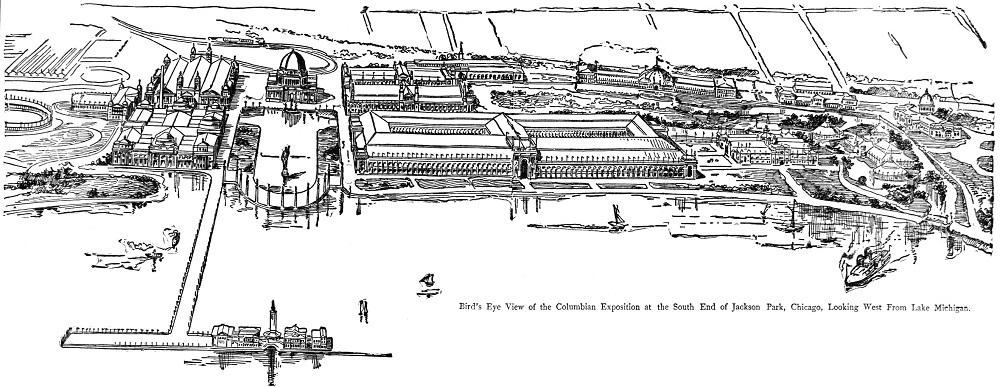
A bird’s eye view of the proposed fairgrounds of the 1893 World’s Columbian Exposition. The constructed fairgrounds different in several ways. [Image from Pittsburg (PA) Dispatch Aug. 24, 1891.]
A striking feature of the buildings—if the present plans are carried out—will be their varied colors and their apparently substantial character. At a little distance they will look as if they had been built of brown or red or gray stone, and built to last for ages. In that respect as well as in many other, appearances will be somewhat deceitful. Almost every one of the buildings will be built of wood. Outside of the wood will be placed a coarse wire netting and upon that, as a lath, will be placed a stucco-like material known among builders as “staff.” Built in this way they will not be as durable nor as strong as if structural steel and terra cotta had been used, but the cost will be vastly less and the time and trouble of getting the buildings up and ready will only be a fraction of what it would be if the same materials were to be used here as were used in Philadelphia in 1876. Staff has a great many other advantages. It can be colored to any desired tint.
COLORS OF THE RAINBOW
One building can be made red and another gray by simply adding the proper coloring material, and any other sort of exterior finish can be obtained simply by using the kind of finishing apparatus that may be necessary to produce it. It is said to be a French invention, and was used on some of the buildings at the Paris exposition. The chief reason for using it, of course, is because it is cheap. Without it the builders would be at the mercy of the structural iron men.
The saving is estimated to reach far up into the millions. The greatest objection to it, perhaps, is a sentimental one—it is a counterfeit and a sham; it derives its title to be used from the fact that it seems to be that which it is not. When foreigners come are they not apt to judge everything from the character of the buildings in which their exhibits are to be housed? And will it not impress them unfavorably that a nation celebrating the four hundredth anniversary of its birth chooses buildings covered with a cheap counterfeit imitation of stone, in which to conduct the celebration? The girl, who receives her visitor in a calico dress that cost 4 cents a yard, is apt to be thought deficient in taste and good breeding.
Still, nobody in Chicago objects to the use of staff. The management hailed the new material with a cry of joy. It seemed to be a means of salvation from serious financial difficulties. And the lithographs that have been printed show that by artistically using different colors in the same building very fine effects can be obtained.
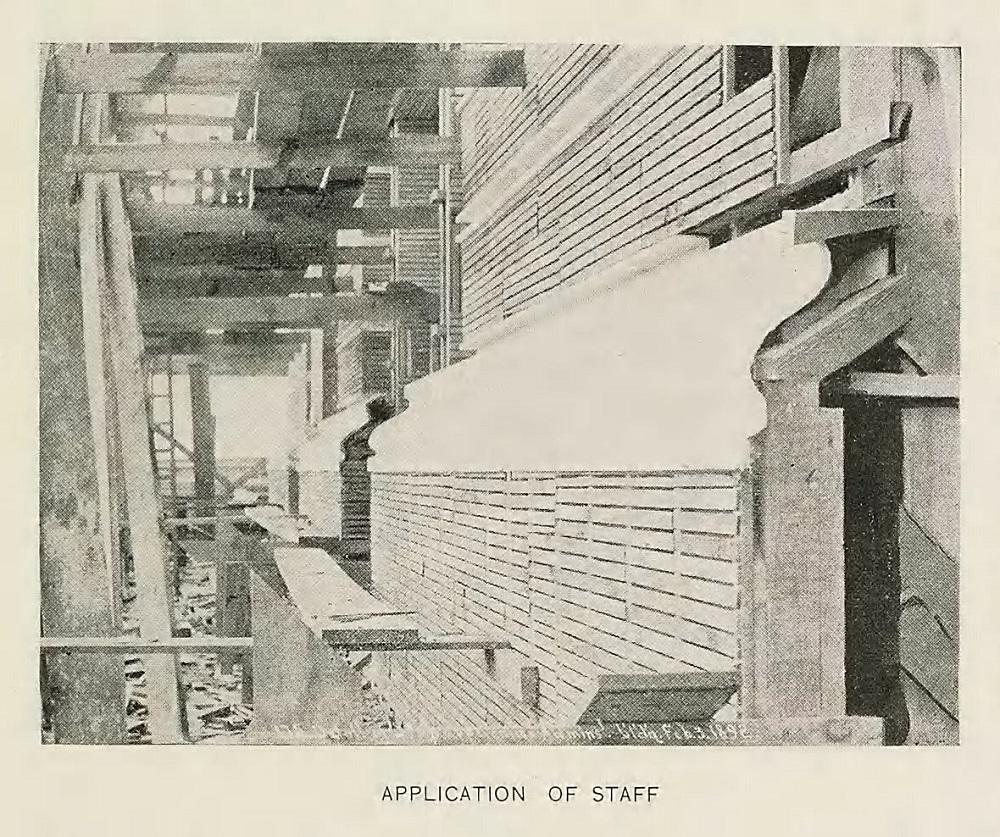
The application of staff to wood (or steel) frameworks gave many buildings at the 1893 World’s Fair the appearance of marble. [Image from Bancroft, Hubert Howe The Book of the Fair. The Bancroft Company, 1893.]
SOURCE
“An Army at Work” Pittsburg (PA) Dispatch Aug. 24, 1891, p. 12.

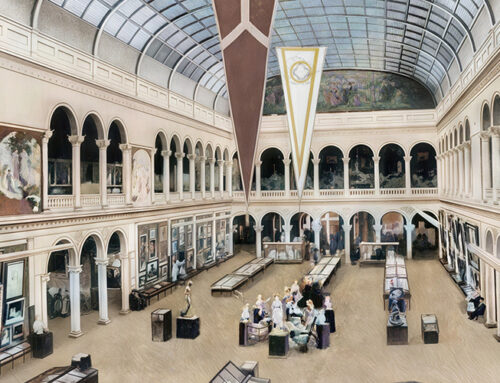
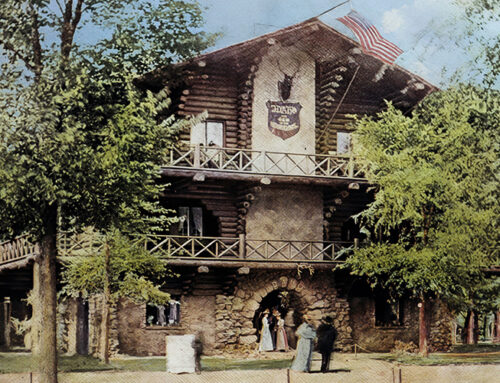
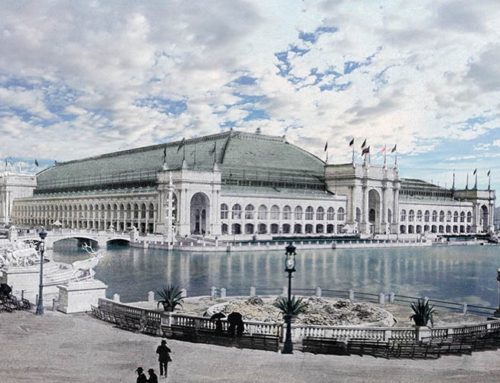
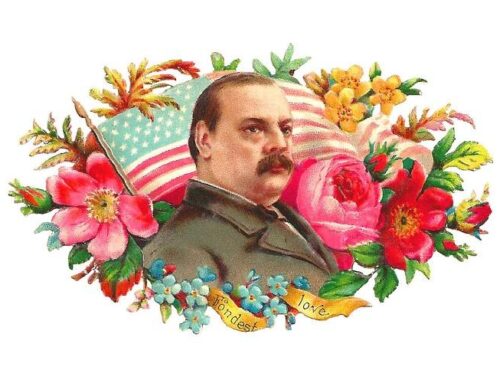
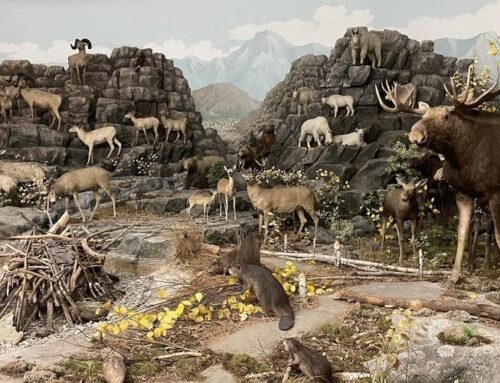
Leave A Comment